(Listen to the radio version here.)
I’m at the point in my life when I’d been thinking my birding adventures were drawing to a close, but as Yogi Berra famously said (or more likely didn’t QUITE say), it ain’t over till it’s over. For over a year, I’ve been signed up for an April birding trip to the Dry Tortugas. Then late last year one of my friends organized a trip to Cuba in mid-February. I yearned to see Cuban Todies again so I signed up, knowing I’d have a couple months to recover before the Florida trip. But then little more than a week before I left for Cuba, I got invited on a birding tour of Guyana—a trip that will start the day after I arrive back in Key West. But—Guyana!! How could I possibly refuse?
I could vaguely picture Guyana on a map of South America, sandwiched between Venezuela and Suriname, Brazil running beneath to the south and southwest, and my daughter once made a connecting flight in Georgetown on her way to visit a friend in Suriname, but I didn’t know much else. So I headed straight to Wikipedia.
Guyana is one of the least-populated countries on earth—well, as far as its human population goes, which is certainly a contributing factor for it having “one of the largest unspoiled rainforests in South America” and “one of the highest levels of biodiversity in the world. It is home to more than 225 species of mammals, 900 species of birds, 880 species of reptiles, and more than 6,500 species of plants.” If all that wasn’t enticing enough, our itinerary includes a visit to Kaieteur Falls, one of the most powerful single-drop waterfalls in the world, four-and-a-half times the height of Niagara Falls and about twice the height of Victoria Falls!
Wikipedia also notes that Guyana is “the only mainland South American nation in which English is the official language. However, the majority of the population speak Guyanese Creole, an English-based creole language, as a first language.”
From Wikipedia, I headed to eBird to look at the checklist for Guyana. WHOA! Just thinking about the incredible beauty of Guianan Cock-of-the-rocks, Sun Parakeets, and Red Siskins reminded me how important it is to experience the beauty of this planet so I never lose sight of all the reasons to protect it, and to gather some of the knowledge and photos to help me encourage others to protect it, too. I of course accepted the generous invitation!
My 73-year-old body has added uncertainties to planning weeks, months, and years ahead, and it would be easy for me to get into full anxiety mode now considering the chaos our government is stirring up here and around the globe, along with the sudden disappearance of a lot of Russ’s retirement funds—such a tiny concern when this ugly and lawless administration is sending innocent human beings to a horrifying concentration camp in El Salvador and refusing to bring them home even after the Supreme Court ruled that they must.
I’m trying to keep up with the news, but to hold onto my sanity, I’m distracting myself for an hour or so each day by studying the many birds I might see in Guyana. I’ve been in Ecuador and Peru on the South American mainland before, and also to the Darien area of Panama near the Colombian border and to Trinidad and Tobago, which at its closest point is just 7 miles from Venezuela. So I’ve already seen about 420 of the species on that checklist, yet looking at the eBird checklist with month-by-month bar charts showing abundance, I am likely to see close to 100 birds I’ve never before seen in my life!
I bought a travel guide for Guyana in which the authors focus a lot more attention on the birding possibilities than most travel guides do, whetting my appetite even more.
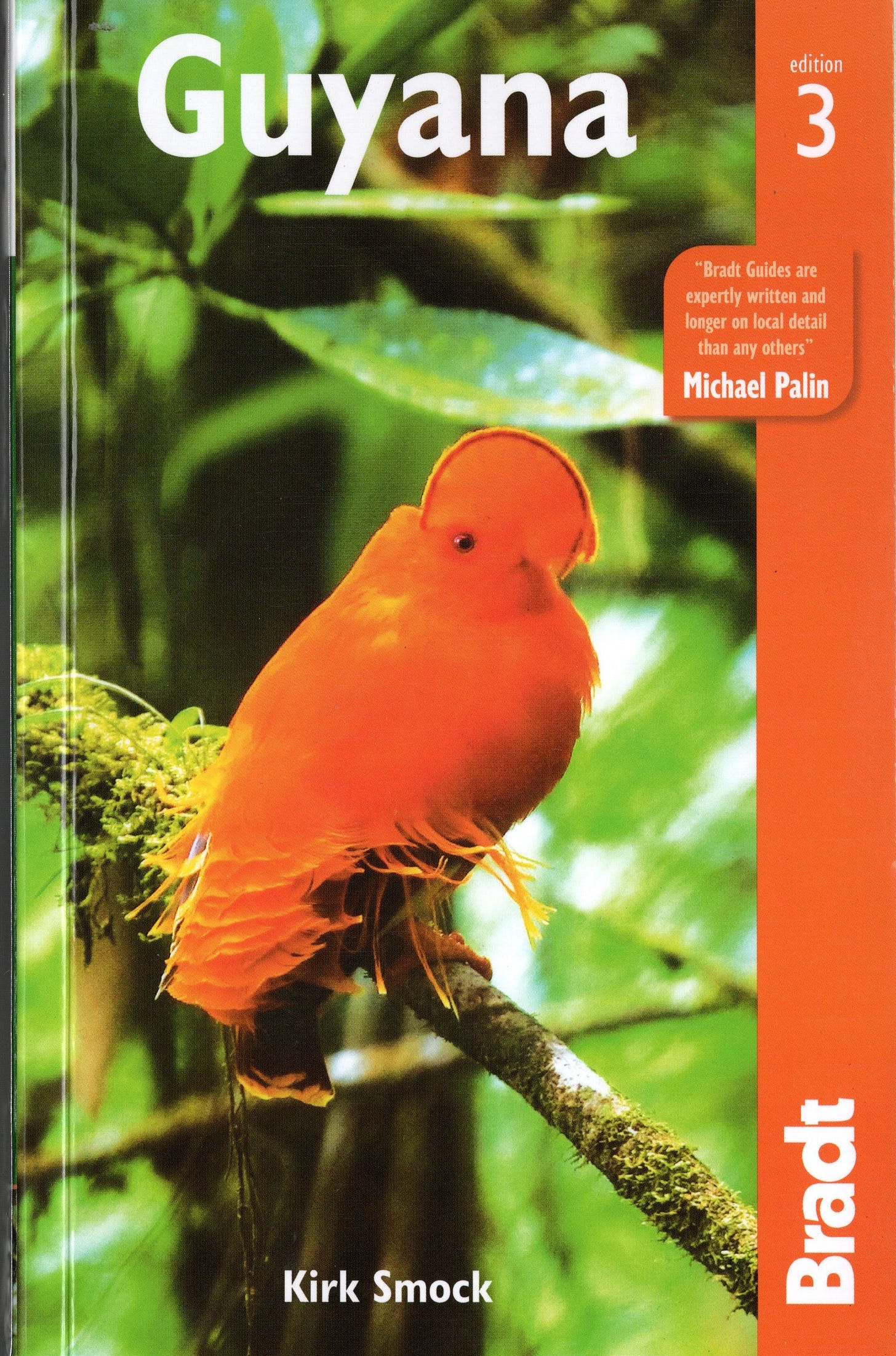
As I always do before a trip, I printed out the eBird checklist and marked all the birds I’ve already seen somewhere in the world and highlighted the potential lifers that I have a good chance of seeing on this trip.

I already have field guides to Peru, Ecuador, Trinidad and Tobago, and Panama, but there is no comprehensive field guide specifically for Guyana, so I bought Birds of Northern South America, Volume 2.
Volume 1 includes information about the 2,308 species found in Ecuador, Colombia, Venezuela, Aruba, Curaçao, Bonaire, Trinidad and Tobago, Guyana, Suriname, and French Guiana, and Volume 2 the drawings and range maps for each species. Volume 2 weighs 3 pounds 2 ounces and is almost 1 ½ inches thick. I’m of course marking the book up, highlighting the Guyana birds most likely to be there the first week of May, and which of them I’ve already seen and where.
This would be tedious work if it wasn’t so exciting imagining seeing these gorgeous creatures in real life. I’ll see just a small fraction of the birds in the book, but even the ones I won’t see are fun to think about, realizing they’re all our neighbors on this lovely planet.
Some Guyana birds are wondrously distinctive, like the Sunbittern, Hoatzin, and Guianan Cock-of-the-rock. The Cayenne Jay, the only corvid in the whole country, happens to be very dully colored compared to most of its family, but it exudes a cool funkiness, too.
The sheer number of possibilities is daunting—the checklist includes 3 toucans, 27 tanagers, and an astonishing 39 hummingbirds. (That’s out of the 305 hummingbird species depicted in the field guide. Imagine that.) I obviously won’t master even a fraction of them before I get there, but studying ahead of time stretches out the long period of enjoyment I get from any trip, and looking at beautiful birds is a lovely distraction in these ugly, uncertain times.



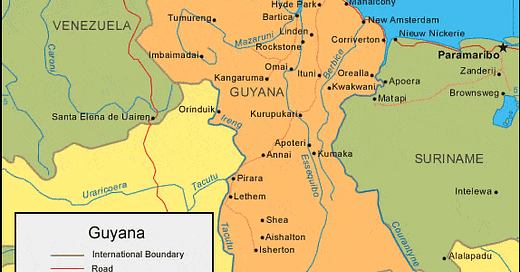



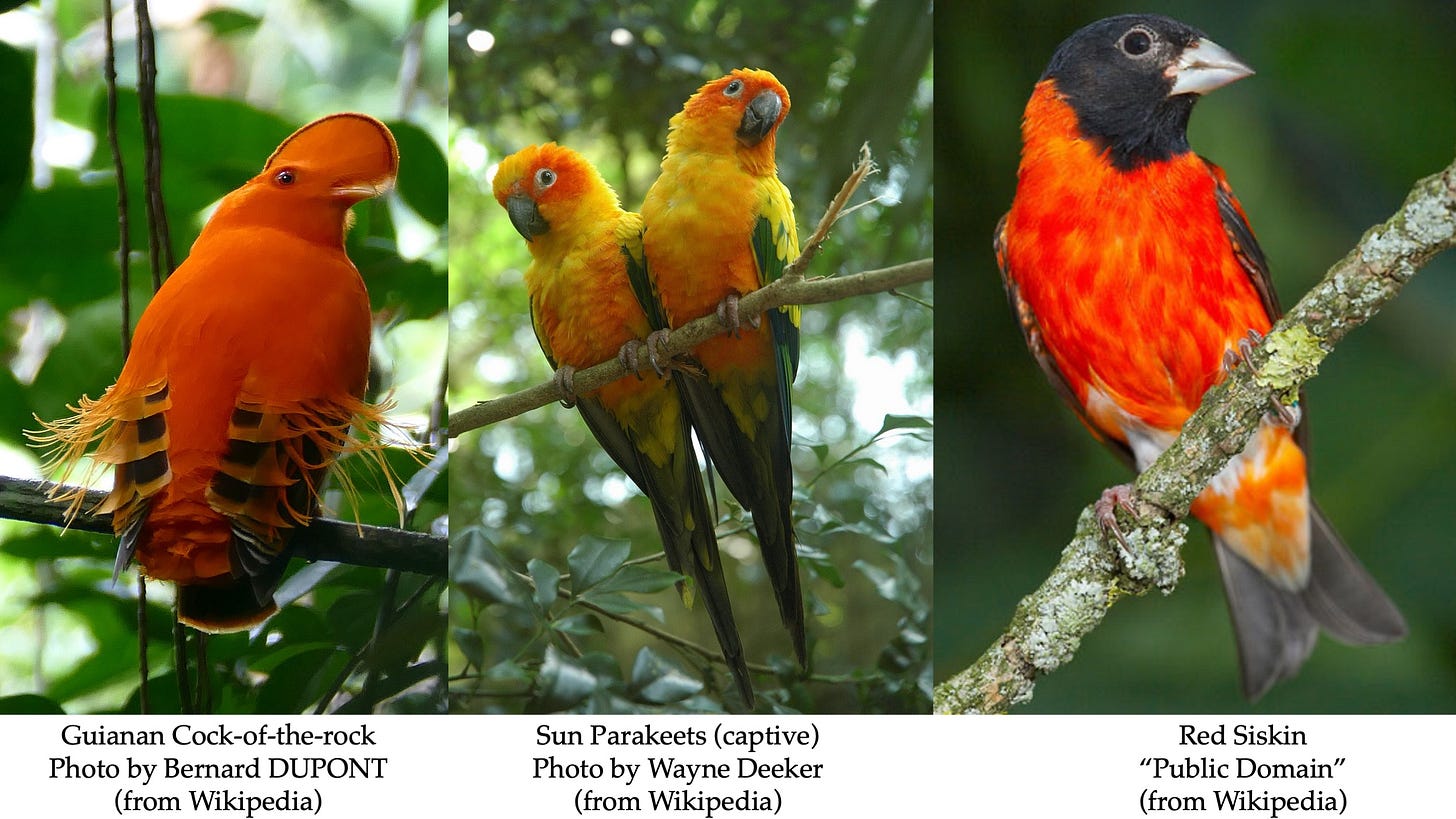
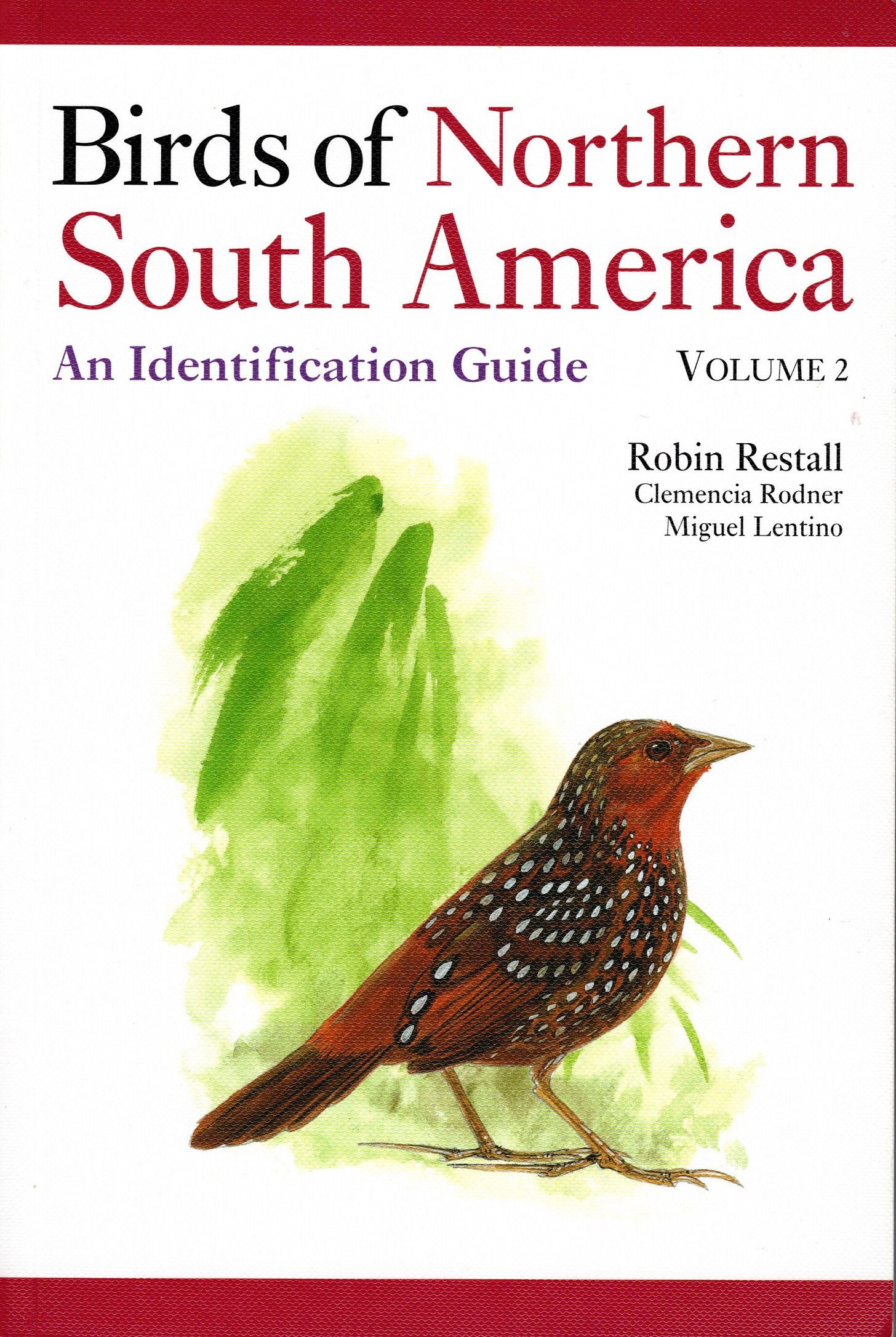
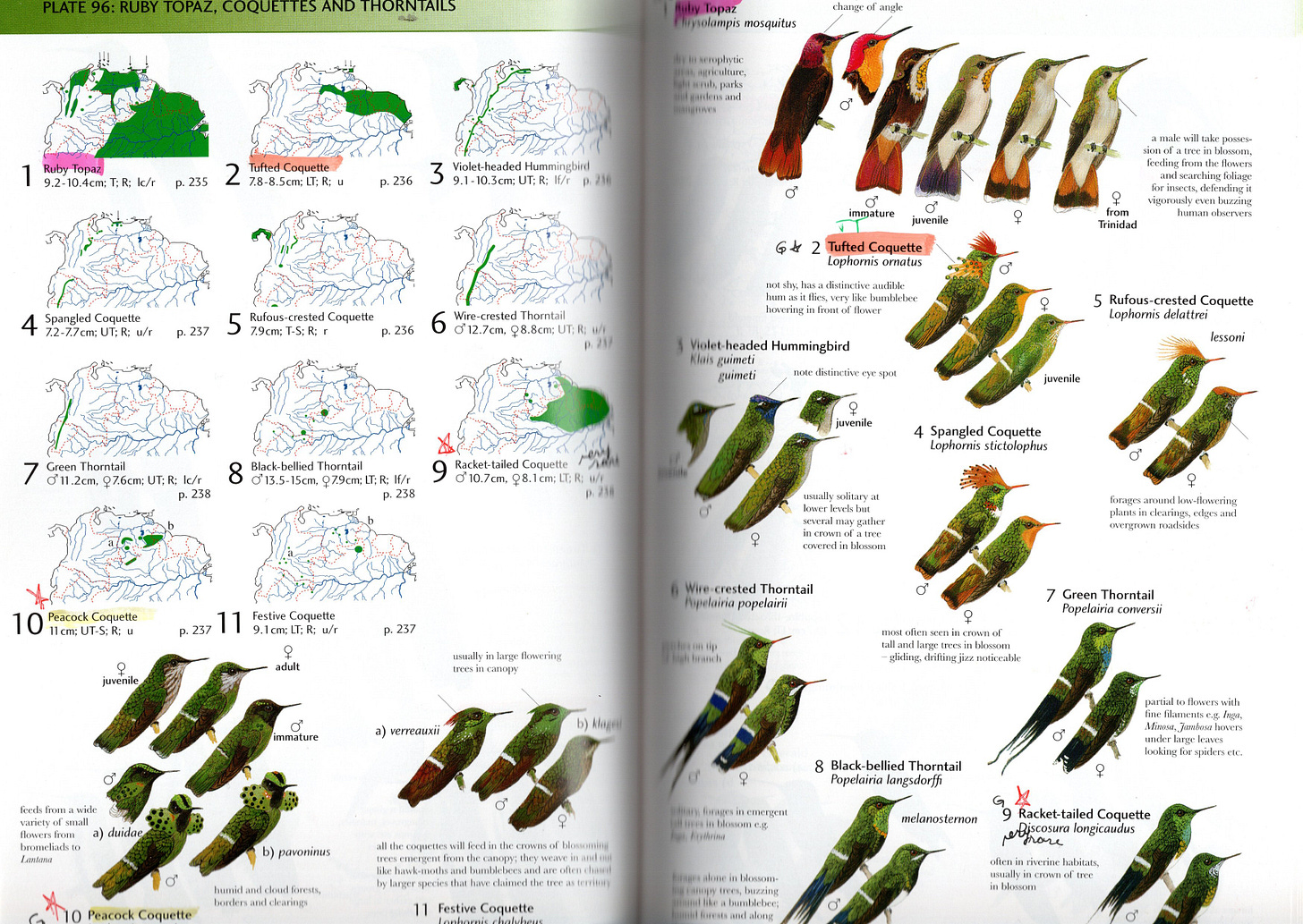
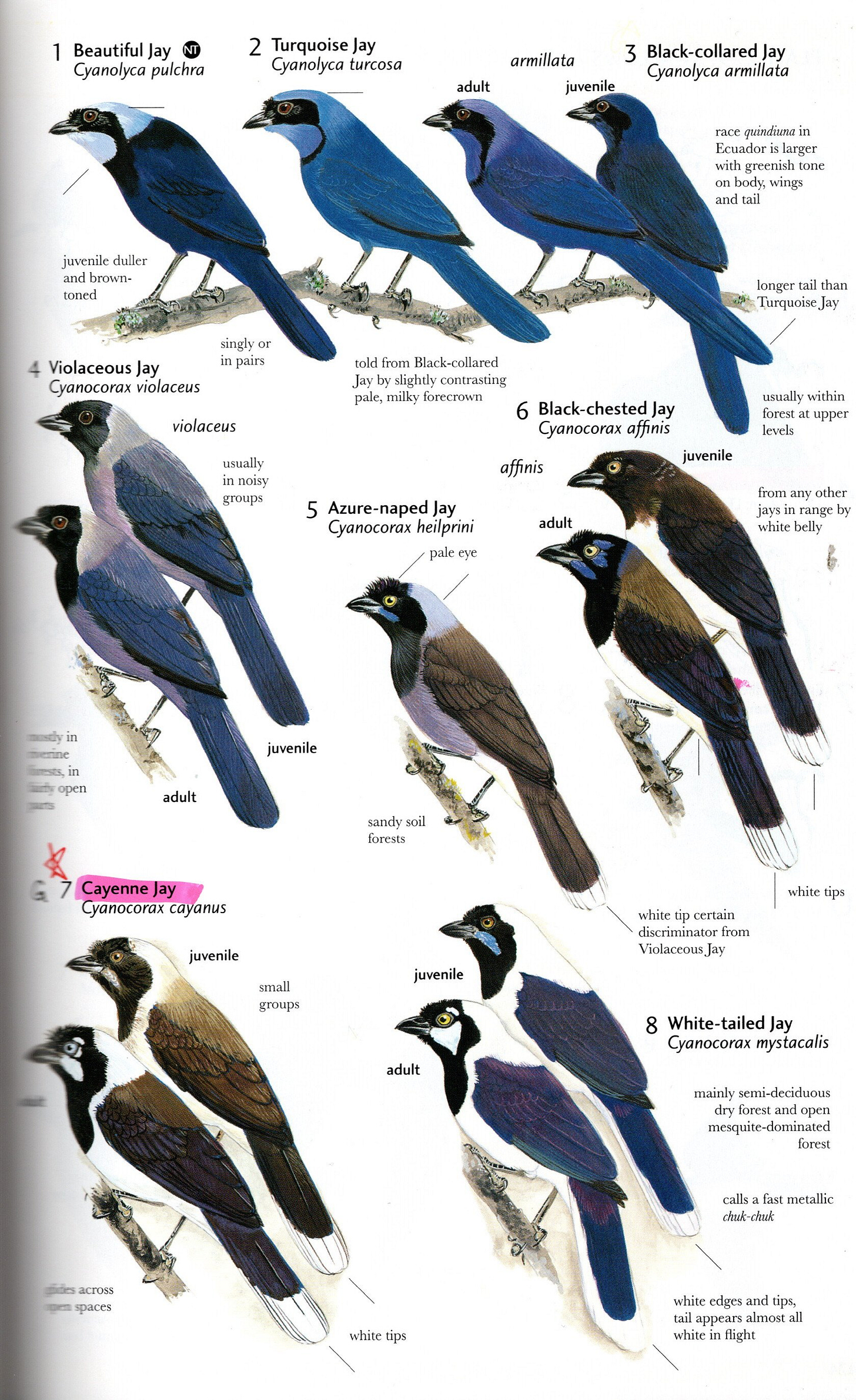
It is so fun to see and hear your birds vicariously through your postings!! Alimentary, my dear Hostzin is perfect!!!
“Alimentary, my dear Hoatzin.”...you bad, brilliant girl, hahaha